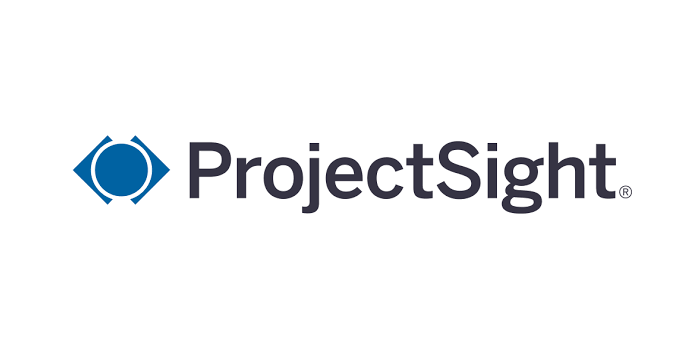
Key Takeaways
- National nonresidential construction spending increased 0.3% in February.
- On a seasonally adjusted annualized basis, nonresidential spending totaled $1.255 trillion for the month and is up year-over-year.
- "A surge in highway and street spending accounted for more than 40% of the monthly increase, and public sector nonresidential spending is now up more than 6% on a year-over-year basis. Unfortunately, private sector spending has not kept pace and is up just 2.5% since last February, a rate of increase slower than economywide inflation."
Press Release from Associated Builders and Contractors: ABC: Nonresidential Construction Spending Rises to Highest Level on Record in February
WASHINGTON, April 1—National nonresidential construction spending increased 0.3% in February, according to an Associated Builders and Contractors analysis of data published today by the U.S. Census Bureau. On a seasonally adjusted annualized basis, nonresidential spending totaled $1.255 trillion.
Spending was up on a monthly basis in 9 of the 16 nonresidential subcategories. Private nonresidential spending increased 0.4%, while public nonresidential construction spending was up 0.2% in February.
“Nonresidential spending rebounded in February, rising to the highest level on record,” said ABC Chief Economist Anirban Basu. “A surge in highway and street spending accounted for more than 40% of the monthly increase, and public sector nonresidential spending is now up more than 6% on a year-over-year basis. Unfortunately, private sector spending has not kept pace and is up just 2.5% since last February, a rate of increase slower than economywide inflation.
“The mix of high interest rates, tight lending standards and unprecedented uncertainty regarding trade policy will continue to weigh on private sector construction in the coming months,” said Basu. “Despite these ongoing headwinds and the expectation that materials prices will rise as tariffs are implemented, contractors remain optimistic about their prospects over the next six months, according to ABC’s Construction Confidence Index.”
Press Release from Associated General Contractors of America: Construction Spending Up In February But Slumping Rates Of Hires And Job Openings Suggest Contractors Expect Fewer Near-term Opportunities
Spending Rebounds for Both Residential and Nonresidential Construction, Following Widespread Severe Weather in January; Year-over-Year Growth Continues But More Slowly than Before
Construction spending increased 0.7 percent from January to February, even as contractors kept hiring and job opening rates at low levels, according to an analysis by the Associated General Contractors of America of two new government reports. Association officials noted that industry hiring appears to be slowing as demand for most types of construction “cools.”
“Construction spending rebounded in February, following widespread severe weather that may have slowed projects in January,” said, Ken Simonson, chief economist of the Associated General Contractors of America. “Investment remains positive compared to a year ago but the growth rate for all major categories has cooled, while contractors have trimmed hiring and slashed job openings.”
Spending totaled $2.20 trillion at a seasonally adjusted annual rate in February. The total was 0.7 percent higher than the January rate but only 2.9 percent above the February 2024 level. Simonson noted that year-over-year growth rates in January (2.7 percent) and February were the slowest since 2019.
A separate government report today showed that the number of workers hired by construction firms in February totaled 354,000, seasonally adjusted, a decline of 20,000 or 5.3 percent from a year earlier. The number of job openings on the last day of February totaled 264,000, a drop of 165,000 or 38 percent from a year earlier, while the job openings rate fell to 3.1 percent, the lowest February rate since 2018. Simonson said these figures show contractors expect to need fewer workers in the near future, a sign that spending may slow further.
Private residential construction climbed 1.3 percent for the month, led by a 2.0 percent increase in improvements to owner-occupied homes and a 1.0 percent rise in single-family homebuilding. Spending rose 2.0 percent year-over-year, a slowdown from the 7.9 percent gain from February 2023 to February 2024.
Private nonresidential construction increased 0.4 percent for the month, with a pickup in nearly every segment. The year-over-year increase totaled 2.5 percent, down from 9.3 percent a year earlier.
Public construction edged up 0.2 percent from January and rose 6.0 percent from February 2024. A year earlier, public construction jumped 14.0 percent from the February 2023 total.
Association officials said they were working with Trump administration and Congress to explore ways to reduce regulatory burdens and limit the time it takes to greenlight work on new infrastructure and other economic development projects. They noted that cutting red tape could help boost activity levels for many types of publicly funded construction projects.
“We are working closely with administration officials to streamline the environmental permitting process and eliminate needless regulatory burdens,” said Jeffrey H. Shoaf, the association’s chief executive officer. “There is a way to hold projects to the same high standards of environmental protection without delaying decisions for years at a time.”













